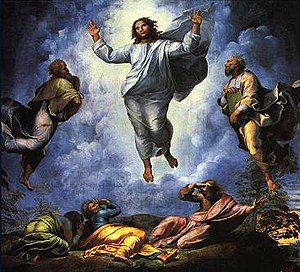
Recently I posted an introduction to Burton Mack’s and Earle Hilgert’s suggestion that the pre-Passion narrative in the Gospel of Mark has striking affinities with Philo’s first volume of On the Life of Moses. I have since caught up with more of the background reading to their argument, but I have also taken their suggestions further and wonder if there is a plausible case to be made that the evangelist was influenced by Philo’s account of Moses in the way he portrayed the character and roles of Jesus through his teaching and controversial exchanges with others. This post is exploratory. The views expressed are in flux.
But I must address one point in particular before continuing. Some people reject any argument that a gospel’s narrative content was imitating or influenced by other specific literature on the grounds that it is possible to argue for influences or imitations of more than one other literary source. It is not difficult to find places where the Gospel of Mark has adapted tales from the Old Testament (e.g. Jesus’ call of the disciples being modeled on Elijah’s call of Elisha; the raising of Jairus’s daughter from the dead owing much to Elisha’s raising of the Shunammite’s son.) But we have also recently seen a study that argues for the influence of Homer’s epics, the Iliad and Odyssey. Is it not going too far to bring in yet another source into the mix? Spectres of “parallelomania” are raised. But this objection is ill-informed. Thomas L. Brodie in The Birthing of the New Testament demonstrates that it was common practice for authors of the time to draw upon and assimilate multiple sources in their composition of new works. (This will be addressed in a future post.)
Start with the Transfiguration
Mark’s transfiguration scene is teasingly alike yet unlike the biblical scenes of Moses atop Mount Sinai. Continue reading “Understanding Mark’s Jesus through Philo’s Moses?”
